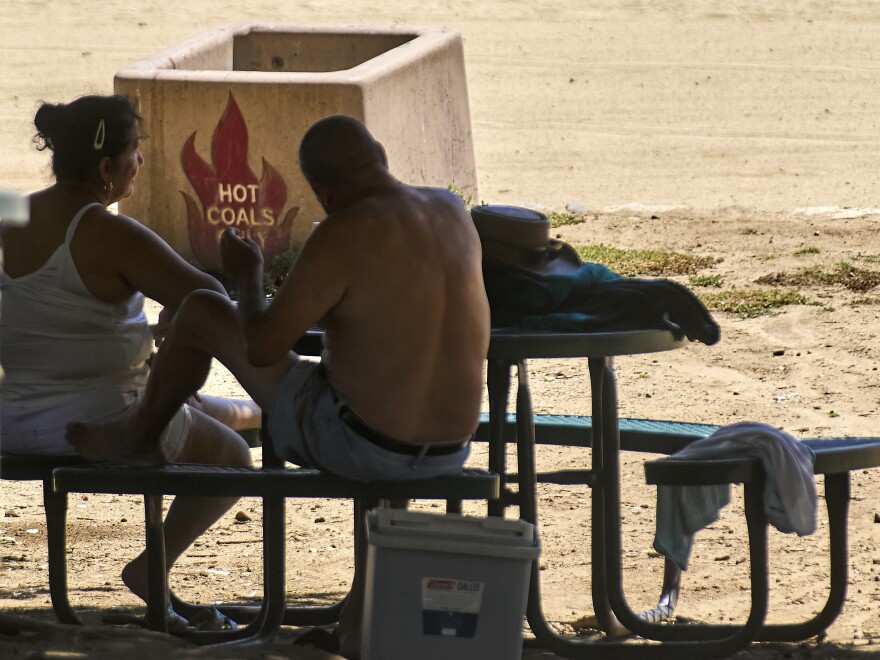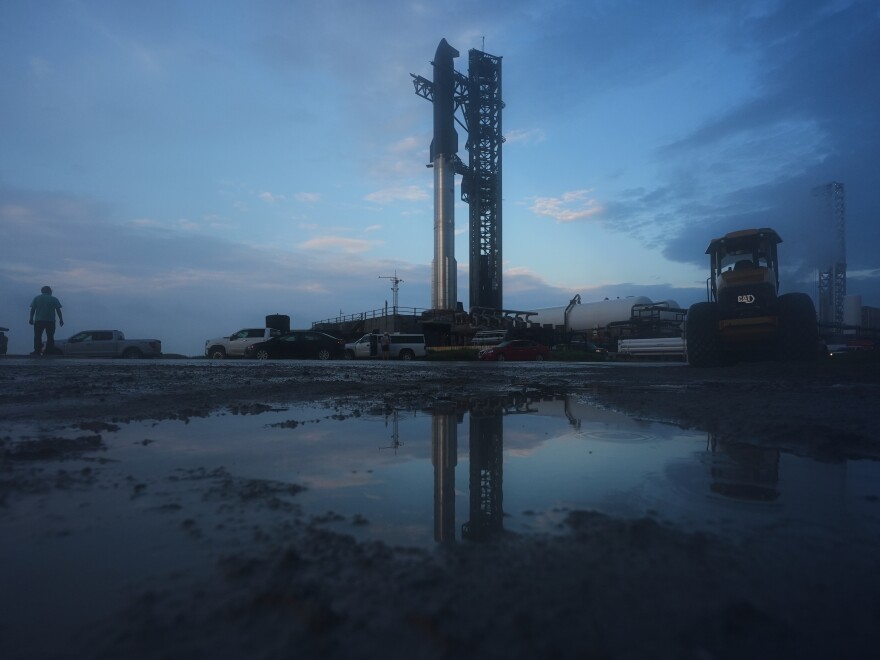Beginning this fall, the Vermont Agency of Natural Resources has approved a plan to deploy an aluminum chemical to suppress cyanobacteria blooms in Lake Carmi.
The Franklin County lake was designated Vermont’s only lake in crisis in 2018, and this is the most recent in a ten-plus-year attempt to eliminate poisonous blue-green algae blooms on the lake.
Lake Carmi is a well-liked bathing and boating destination. Additionally, it has a state park with about 300 beachfront residences and 170 campsites. Locals, however, claim that from late summer into October, it is usually closed to recreation.
Rob Evans, the head of the Franklin Watershed Committee and Lake Carmi Campers Association, says, “I’ve owned our camp for 20 years, and there hasn’t been a summer where from late July to early August, this lake didn’t have a full in-lake algae bloom, where people couldn’t get into the lake.” It smelled terrible. Fish were dying, you know. I also thought the lake was disappearing.
Additional information from Vermont Public Beaches in Vermont are shutting due of cyanobacteria. Here’s how to stay on course.
By binding with phosphorus close to the lake’s bottom and holding it there, where it won’t generate algae blooms, Evans and other local organizers hope the recently approved alum treatment can be helpful. Additionally, although Lake Carmi won’t be the first body of water in Vermont to undergo chemical treatment, state authorities have so far employed this strategy sparingly.
For more than 20 years, the Franklin Watershed Committee has collaborated with the state, which is required by the EPA to enhance the quality of the water in Lake Carmi, to reduce the quantity of phosphorus that enters the lake.
Following years of efforts to lessen runoff from surrounding farms, streams, and lakefront properties, an analysis commissioned by the Vermont Department of Environmental Conservation and the town of Franklin indicates that the primary cause of the blooms is legacy phosphorus in the sediment on the lake’s floor.
The permit states that 71% of Lake Carmi’s total phosphorus load is caused by phosphorus that has accumulated in the lake over years of runoff before control.
For growth, cyanobacteria require sunshine and nutrients like phosphorus. Algal blooms are caused by nutrients like phosphorus that are carried by the rising water from the lake’s depths during the summer.
In an attempt to provide more oxygen to the water close to the lakebed and establish chemical conditions that would trap phosphorus there and keep it from rising to the top, the state erected an aeration system in Lake Carmi in 2019.
However, the system seemed to cause algae blooms to begin earlier in the summer, according to scientists from the Department of Environmental Conservation. They removed the infrastructure early this year and ceased operations in 2024.
According to Peter Isles, who oversaw the project with the Vermont Department of Environmental Conservation, the aeration system just couldn’t consistently mix the water completely. Therefore, the aeration system had to contend with a lot of heat and sunlight during a heat wave, and it just wasn’t powerful enough to handle it.
Alum to trap phosphorus
Last week, the municipality of Franklin’s request for a permit to apply the mixture of naturally occurring chemicals was granted by the Agency of Natural Resources.
The authorization permits the town to dump a mixture of sodium aluminate and aluminum sulfate using boats over a period of weeks from September 15 to November 30.
It is hoped that the phosphorus will be trapped in the depths of the lake by the alum compounds’ binding with it.
Franklin thought about other options besides being an alum. The community also looked into dredging the lake bed and using hydrogen peroxide to clean the lake. Dredging was thought to be too costly and interfere with recreational activities, and the lake is too large for hydrogen peroxide treatment to work.
But according to Isles of the Department of Environmental Conservation, Lake Carmi’s small depth of 33 feet makes it ideal for an alum treatment.
The permit calls for tests for the concentration of chemicals in the water column, pH, lake cloudiness, and alkalinity, as well as multiple rounds of monitoring for any negative effects on lake life.
Additional information from Vermont Public: An active nest is documented via an Eagle cam at Lake Carmi for six years.
Franklin wants to apply the alum through an engineering firm, and the project is anticipated to cost $3.5 million.
The state’s Clean Water Revolving Fund and Clean Water Revolving Loan Fund are anticipated to cover the entire cost.
Select Board Chair David Bennion stated, “We’re going to be covered on this, which is wonderful because it will end up not costing the taxpayers of town anything.”
Local concern and hope
According to Bennion, many Franklin residents, including himself, were first dubious about use a pesticide to stop cyanobacteria blooms.
He admitted that at first, I was a little hesitant about the alum. You know, [people] don’t appreciate the thought of adding something that doesn’t belong in the lake. However, we’ve discussed this in a lot of meetings and public events.
According to him, the majority of his constituents are now feeling optimistic that this could be the solution.
They were reassured by positive testimony from Fairlee municipal employees at a select board meeting earlier this year.
Ticklenaked Pond and Lake Morey near Fairlee are the only two lakes in the state to have undergone alum treatments. After blooms began to become problematic once more last year, the Upper Valley lake, which had been treated for almost 15 years, received a second treatment.
The change, according to Fairlee Town Administrator Ryan Lockwood, has been noticeable and instantaneous.
According to Lockwood, the treatment has been effective thus far. Since the treatment, we have not observed any cyanobacteria anywhere this summer.
According to Lockwood, state experts have confirmed that the town has observed a surge in the invasive aquatic weed Eurasian milfoil this summer, which may be due to the alum’s enhanced water clarity. To address that, he says Fairlee had to increase a semi-annual herbicide treatment.
Dave Bennion of the Franklin Select Board is concerned about excessive plant growth.
Some of the nation’s most stringent alumnus restrictions are found in Vermont. Additionally, it has been used extensively throughout the United States to reduce blooms, even though it hasn’t been utilized much in Vermont.
After the treatment, residents of Lake Carmi should anticipate that the water will be cleaner, allowing sunshine to enter the lake more deeply and maybe promoting the growth of aquatic plants, according to Isles of the Department of Environmental Conservation.
According to him, the state sees this as a fair compromise to lessen algae outbreaks, provided those plants are natural.
There is some Eurasian milfoil along the shoreline of Lake Carmi, according to official data.
Isles adds that monitoring aquatic pH levels in the aftermath of alum treatments will be crucial to ensuring the chemicals don’t affect the lake’s vegetation and animals, even if relatively little effects on aquatic organisms have been reported elsewhere.
Isles believes the state would find it difficult to suggest similar approach for other lakes in Vermont because of these hazards. He claims that in order to keep phosphorus out of Vermont waters, officials would prefer to concentrate their efforts on preventative measures.
He stated that he did not anticipate this to be used on a much larger scale.
Evans of the Lake Carmi Campers Association, however, stated that he is feeling more optimistic about the alumni treatment than he has in a long time.
According to Evans, this allows us some leeway and allows people to see what a lake should actually look like. And perhaps that gives them even more motivation to go out and work harder.
However, he stated that the difficult task ahead would be to keep trying to lower the quantity of phosphorus that falls off the land above and surrounding Lake Carmi.






